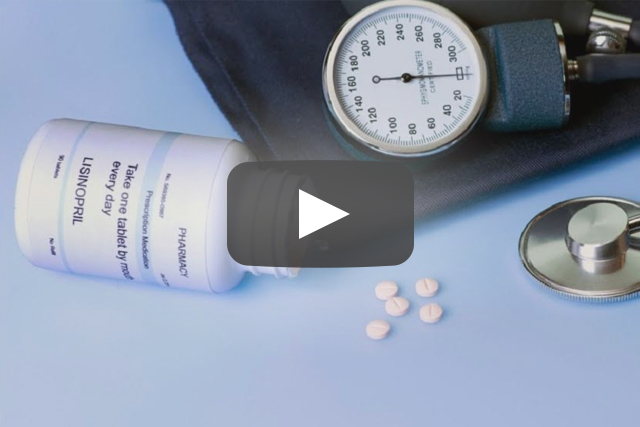According to a study funded by the National Institutes of Health (NIH), African Americans living in residentially racial segregated areas had significant increases in systolic blood pressure. In addition, reductions in segregation had the inverse effect — individuals saw a significant decrease in blood pressure, between 3 mm Hg and 5 mm Hg.1
In an NIH press release, lead author Kiarri Kershaw, PhD, an assistant professor of preventive medicine at Northwestern University Feinberg School of Medicine, noted that the drop in systolic blood pressure could provide insight into improving other cardiac issues.2
“In terms of impact, just 1 mm Hg of reduction of the systolic blood pressure at the population level could result in meaningful reductions in heart attacks, strokes, and heart failure,” said Ms Kershaw.2
References
- Kershaw KN, Robinson WR, Gordon-Larsen P. Association of changes in neighborhood-level racial residential segregation with changes in blood pressure among black adults; the CARDIA study [published online May 15, 2017]. JAMA Intern Med. doi:10.1001/jamainternmed.2017.1226
- High blood pressure linked to racial segregation in neighborhoods [press release]. Bethesda, Maryland: National Institutes of Health. https://www.nih.gov/news-events/news-releases/high-blood-pressure-linked-racial-segregation-neighborhoods Published May 15, 2017. Accessed May 30, 2017.
